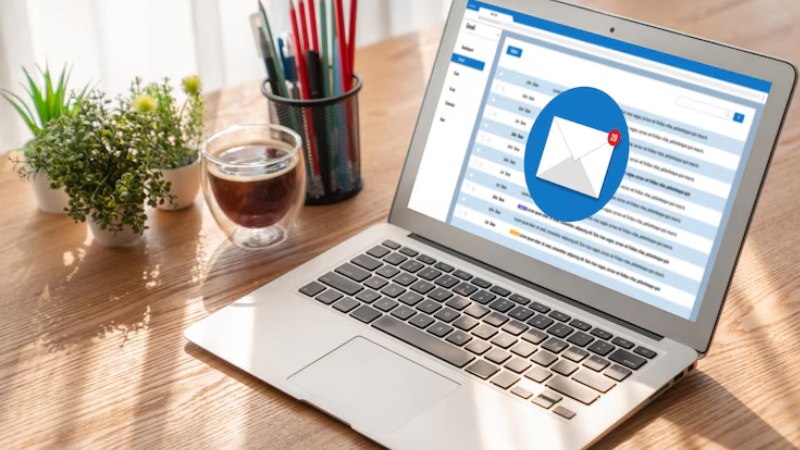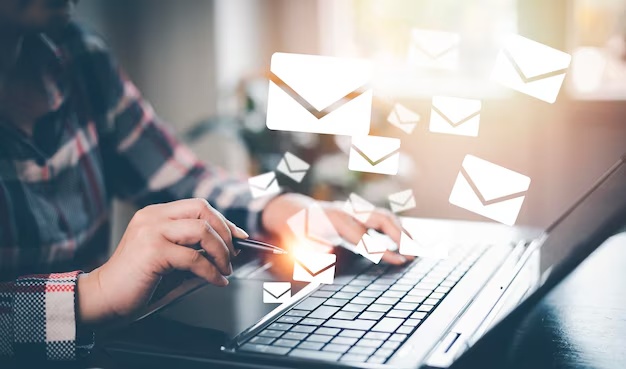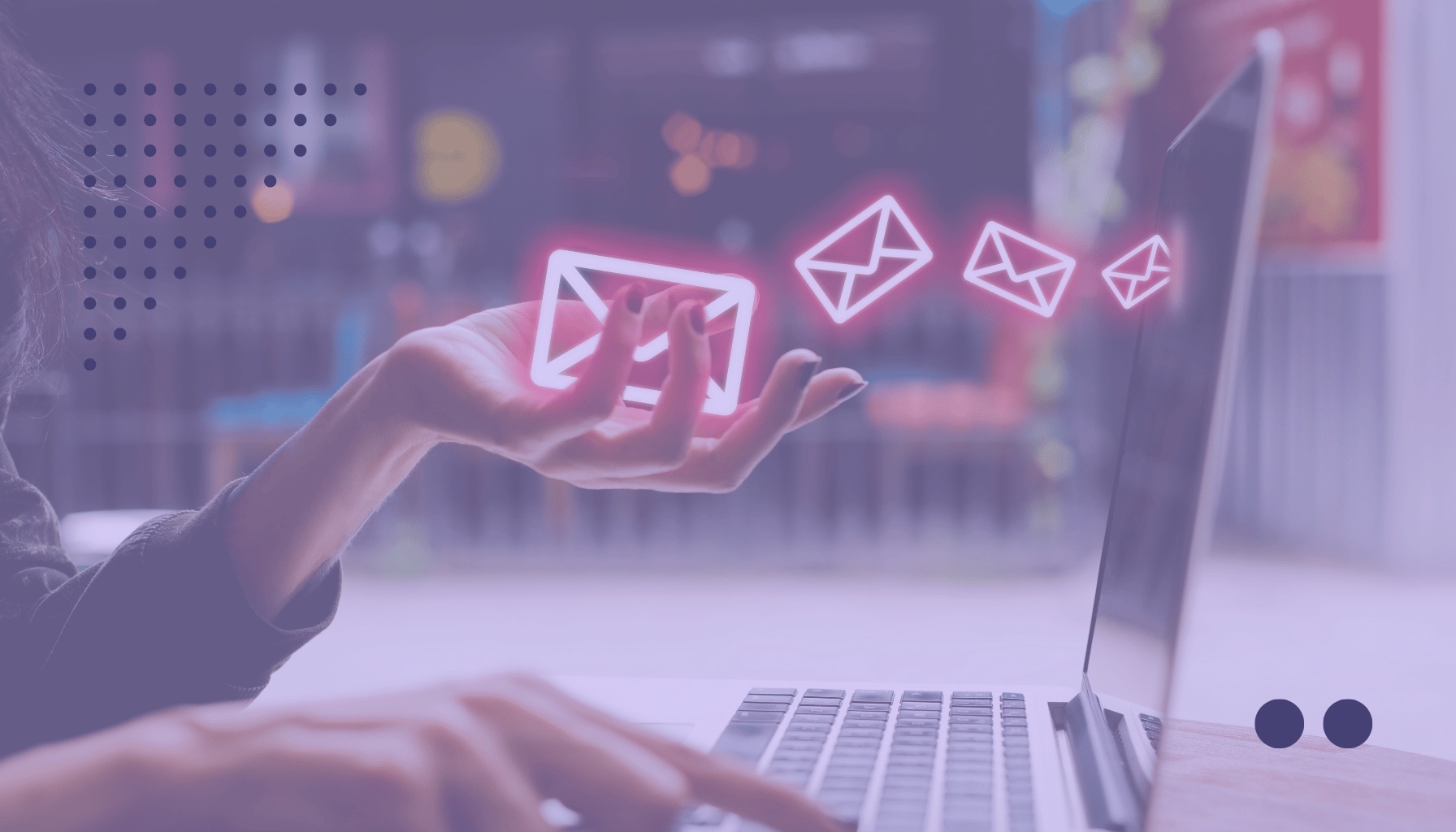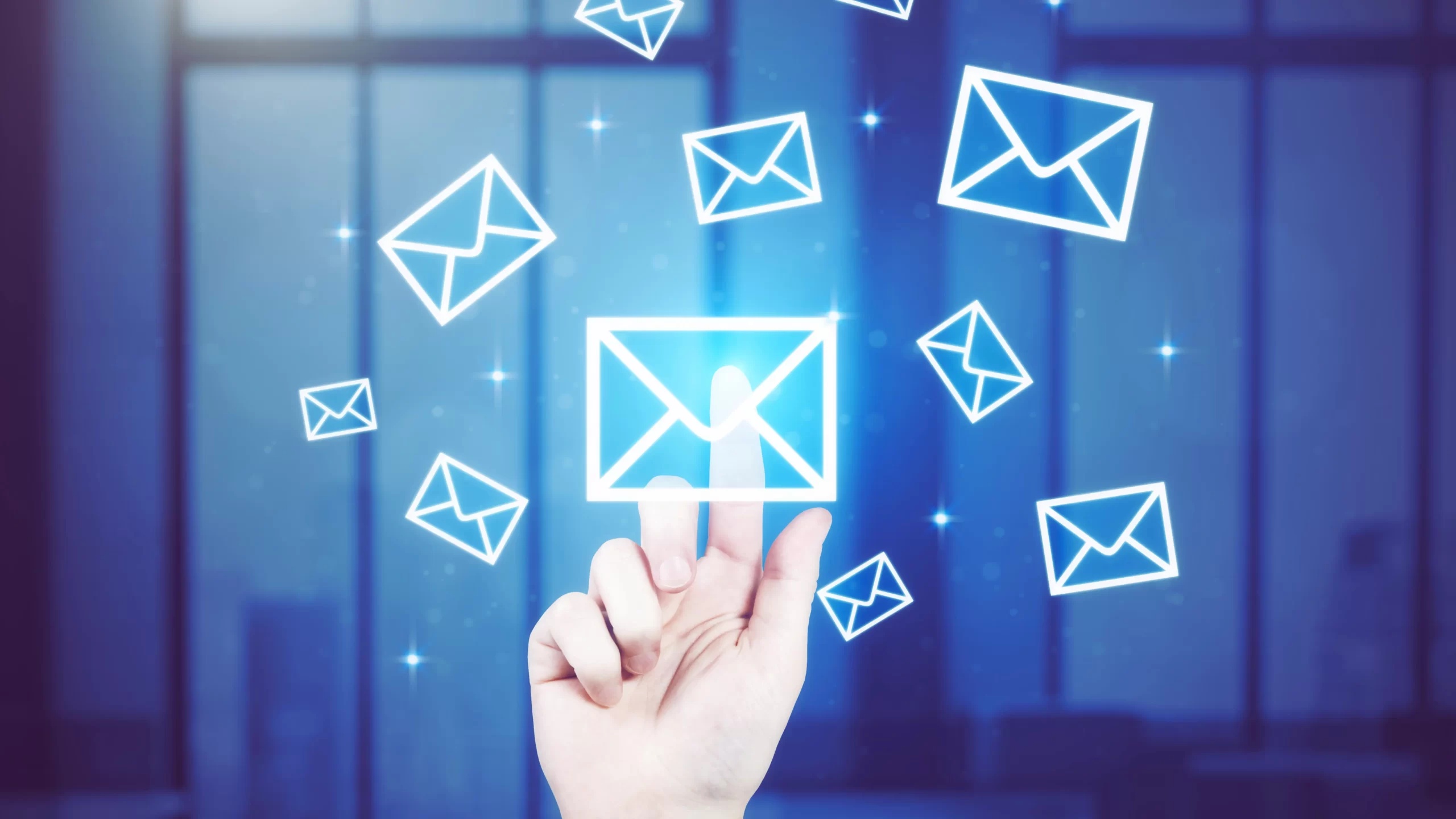15 Email Marketing Lead Generation Strategies -Part 1

Marketers constantly strive to acquire new leads, experimenting with various methods and media to improve their results. 89% of marketers state that email marketing remains the best way to attract leads in 2024.
Generating leads through email marketing is both an art and a science, requiring creativity, optimization, and a deep understanding of your audience's needs and behaviours. This article presents 15 strategies to help you get better results from your campaigns. From A/B testing to automation, and from segmentation to gated content, we will reveal proven methods for improving lead acquisition while building valuable relationships with your audience.
What is an Email Lead?
An email lead is a person who exchanges their contact information for something of value, such as an e-book, an offer, or gated content. They are a Marketing Qualified Lead (MQL) who has shown interest in your product or service. The exchange of contact information, such as an email address, represents the beginning of a relationship that can be nurtured to convert the lead into a loyal customer.
Generating Leads Through Email
Now that you have a basic idea of what an email lead is, let's look at how to generate them. Generating leads through email marketing can be compared to gardening; every lead you acquire has the potential to become a valuable customer, much like a seed that grows into a fruitful tree. Engaging with your target audience and guiding them along the buyer's journey by providing relevant information, updates, and offers is a cost-effective and highly impactful method.

Key Factors for Successful Email Lead Generation Campaigns
1. Compelling Offer
To capture the attention of potential leads, provide irresistible offers such as free e-books, exclusive webinars, or discount codes.
2. Simple Sign-up Form
Design concise and easy-to-use sign-up forms with clear fields that are quick to complete, and place them in prominent locations on your website pages.
3. Pop-ups
Add relevant pop-ups based on user behaviour, such as when users are about to leave the site or after browsing for a certain period.
4. A/B Testing
Test all elements of your email acquisition strategies, including the copy, design of sign-up forms, and the placement of call-to-action buttons.
5. Social Media Promotion
Share incentives and offers on social media platforms to drive new traffic to your sign-up pages.
6. Clear Call to Action (CTA)
Design visually appealing and compelling CTA buttons encouraging visitors to subscribe.
15 Strategies for Email Marketing Lead Generation
1. Optimise Sign-up Forms
Optimising sign-up forms is crucial for converting casual website visitors into loyal customers. Displaying a sign-up form at the right time can improve the efficiency of lead generation. A sign-up form is not just a means of collecting information; it's necessary for guiding leads on their journey. Therefore, sign-up forms should enhance the user experience and ensure they don't abandon the process halfway through.
2. Build a High-Quality Email List
The power of your email marketing efforts depends on the quality of your list. A high-quality list ensures that your messages reach interested recipients, increasing engagement rates and return on investment. Building a high-quality email list requires strategic planning on multiple levels and attention to detail. Here are some ways to attract quality leads to your email list from the start:
2.1. Provide Multiple Subscription Opportunities
Place subscribe buttons or forms in different parts of your website, such as blog posts, the homepage, and the checkout page. Add subscription options to social media platforms, webinars, and live events.
2.2. Use Content Upgrades
Add targeted content upgrades in your articles or posts, such as specific checklists that are useful to the reader. These upgrades should be free but gated, and shared upon email subscription. Add these offers to content that is performing well to attract interested readers.
2.3. Host Webinars
Use webinars to encourage email subscriptions, as active participants who join have a high intent to convert. Offer them valuable insights and make email subscription part of the entire journey.
2.4. Use a Double Opt-in System
While a double opt-in (asking subscribers to confirm their email addresses by clicking a verification link sent to them) may slow down your list's growth, it reduces the chance of fake or accidental subscriptions. Additionally, it is now mandatory for compliance with privacy laws.
2.5. Segment Your List
Segment subscribers based on interests, behaviours, or basic characteristics. This allows for targeted email campaigns, which increase engagement and reduce unsubscribe rates.
2.6. Conduct Regular List Reviews
Review your list quarterly to remove unresponsive or uninterested subscribers. This helps maintain a high level of engagement with your active audience and ensures better performance for your email campaigns.

3. Design Clear and Concise Emails
Emails can be easily misunderstood. 64% of people have reported sending or receiving emails that led to unintended anger or confusion. Therefore, it is crucial to write clear and concise emails. A clear and direct email captures the attention of potential customers, holds the reader's attention, enhances the user experience, and improves conversion opportunities.
Here are some steps to create better and clearer emails:
3.1. Clear and Compelling Subject Lines
Write short and engaging subject lines that clearly state the value or benefit the reader will get from opening the email. A well-crafted subject line increases open rates and encourages lead engagement.
3.2. Simple and Readable Layout
Choose a simple, organised email layout that allows recipients to quickly read and absorb the information. Use short paragraphs, bullet points, and subheadings to break down information and make it easier to understand. Avoid jargon and excessive design elements that distract or confuse your potential customers.
3.3. Brand Identity Consistency
Ensure your email design is consistent with your brand identity, including colour schemes, fonts, and images. Consistency across emails and other marketing channels helps reinforce brand recognition and builds trust with potential customers. Consider using a branded email template to maintain a consistent visual identity.
3.4. Clear Call to Action (CTA)
State the action you want your potential customers to take and use a concise call-to-action phrase, such as "Register Now," "Get Started," or "Claim Your Custom Offer." Place these CTAs prominently to grab attention and encourage clicks.
3.5. Mobile Optimisation
With the increasing number of emails opening on mobile devices, it has become essential to design mobile-friendly emails. Adjust your email layout and font sizes to fit smaller screens, and ensure images and buttons are visible on these devices. Test your emails on different devices and email clients to provide a seamless user experience.
4. Embrace Personalisation
Personalised emails have proven to capture attention, encourage lead engagement, and drive conversions. Potential customers appreciate personalised offers, content, and results, increasing conversion likelihood. Here's how to personalise your email campaigns:
4.1. Segment Your Email List
Segment your email list into groups based on basic characteristics, interests, or behaviour to send highly relevant and targeted content to each segment.
4.2. Leverage Behavioural Triggers
Set up automated emails to be sent automatically when potential customers take specific actions, such as visiting your website, submitting a form, or downloading content. This allows you to send timely and personalised follow-up messages.
4.3. Use Dynamic Content Blocks
Use dynamic blocks within your emails to display different sections or offers based on a lead's preferences, past purchases, or browsing history to provide personalised recommendations or messages.
4.4. Include User-Generated Content (UGC)
Share user-generated content, such as reviews, testimonials, or social media posts from satisfied customers, to add a personal touch and build trust with your leads.
4.5. Schedule Birthday or Anniversary Emails
Use personal data to send an automated email on a birthday or anniversary, sharing exclusive discounts or offers.
4.6. Recommend Relevant Products or Services
Use data on leads' past purchases or browsing behaviour to recommend relevant products or services that align with their interests and needs.
Personalisation provides a tailored experience for potential customers, which helps capture attention, increase engagement, build trust, and ultimately increase the chances of converting leads into customers.

5. Segmentation
Segmentation ensures that your emails are aligned with the interests and needs of your audience segments. You can divide your email list into groups based on specific criteria or parameters. You can also categorise leads to segment your audience and trigger behavioural emails. Here are the most common types of segmentation used for an email list:
- Demographics: Segment your audience based on age, gender, occupation, or education level.
- Behavioural: Segment your list based on past actions, behaviours, or interactions in email campaigns.
- Geographical: Targeting subscribers based on geographical location is useful for local events and regional offers.
- Engagement: Target subscribers based on their level of engagement and plan campaigns to re-engage inactive subscribers.
- Purchase History: Customise communications based on purchase history for upgrades, repeat sales, etc.
Segmenting emails based on subscriber behaviour is a powerful strategy to enhance the effectiveness of your email marketing campaigns. Analyse how subscribers interact with emails and create targeted segments that receive personalised content.
Here are some ideas for using segmentation in your lead generation campaigns:
- Focus on Engagement Levels:
- Divide your email list into segments like "High Engagement," "Medium Engagement," and "Low Engagement." Use these segments to plan your content and messaging accordingly.
- Offer high-engagement subscribers exclusive offers or conversion-focused content. Target low-engagement subscribers with re-engagement campaigns or personalised informational content to reignite their interest.
- Target Using Purchase History:
- Create segments for repeat, new, or new customers who have not yet purchased. Targeting each segment with relevant product recommendations, personalised offers, or exclusive discounts can increase the chances of repeat purchases, customer loyalty, and revenue growth.
- Monitor Subscriber Behaviour on the Website:
- Track subscriber behaviour, such as page visits, content downloads, or items added to the cart. Then send personalised emails based on their behaviour.
- For example, you can send follow-up emails with additional information or relevant content to subscribers who have visited specific product pages. You can also send abandoned cart reminders to those who left items in their cart without completing the purchase.
- Nurture Customers Based on Their Email Interaction:
- Create segments for subscribers who regularly open and click on emails and those who rarely or never interact. Then, conduct A/B testing on each segment's content and sending frequency to improve email engagement rates.
In Conclusion
In this part of the article, we discussed 5 strategies for generating leads through email marketing. We will cover the remaining strategies in Part 2.